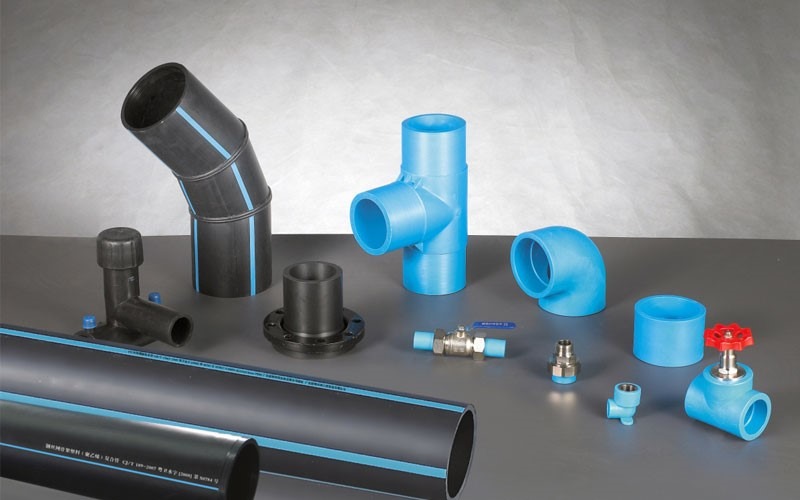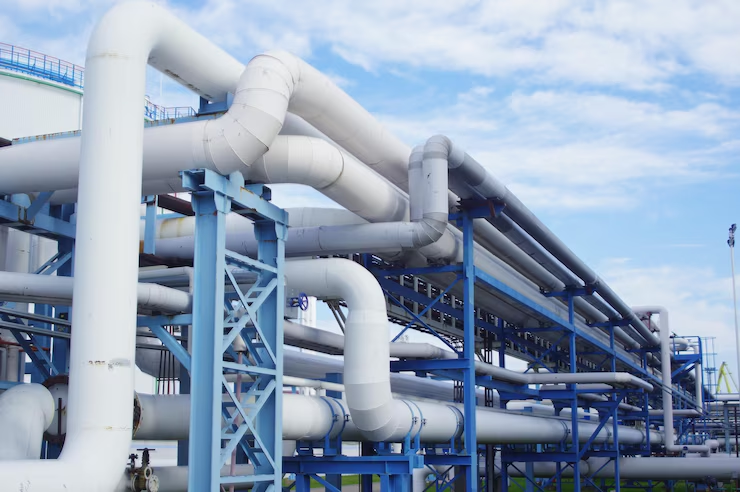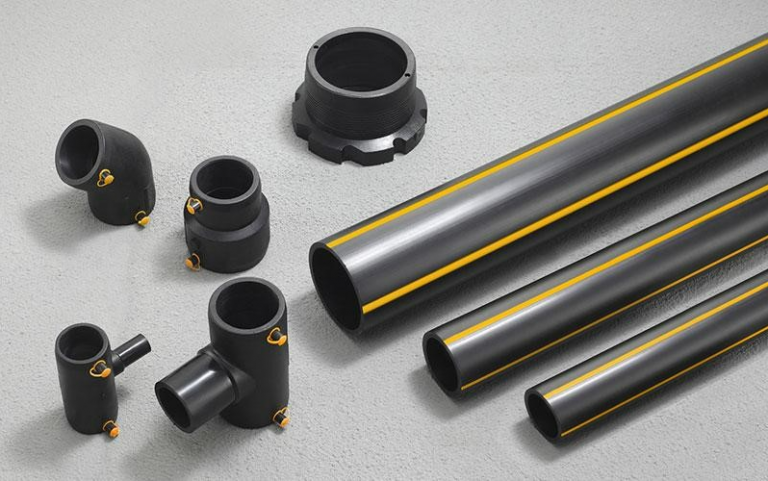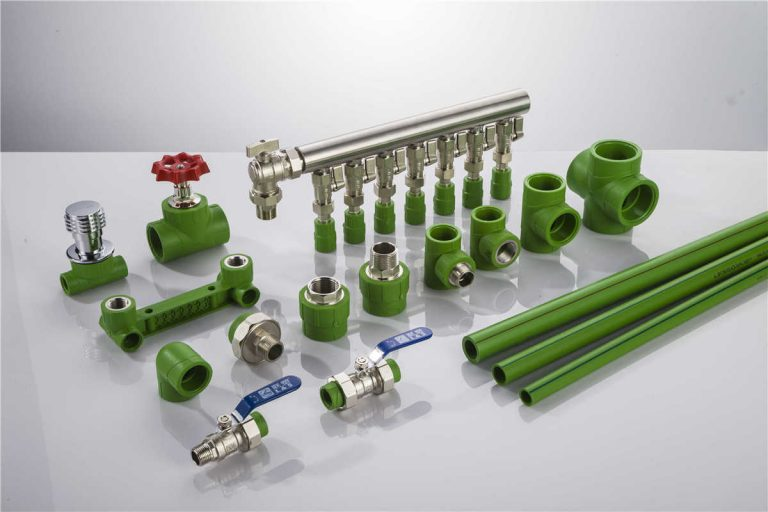TEL
Back

Search
Clean water and energy are growing concerns in many regions. UNICEF reports that about four billion people experience severe water scarcity for at least one month each year. By 2030, approximately 700 million people could be displaced due to acute water shortages.[1] Climate change, population growth, and industrial demands have intensified these challenges.
However, as the world moves toward a more sustainable future, in addition to governments strengthening water resource management, households and businesses can also take measures. Sustainable plumbing systems have emerged as a practical solution. By integrating water-efficient fixtures, smart layouts, and recycling technologies, these systems help cut water and energy use.
Let's see what are sustainable solutions for water and how you can build a sustainable plumbing system for daily needs.

Sustainable plumbing systems reduce environmental impact through water conservation, energy efficiency, and resource recycling. Here are top tips for eco-friendly action :
Upgrading to low-flow toilets, faucets, and showerheads is one of the simplest yet most effective steps in building sustainable environmental plumbing solutions.
For instance, low-flow toilets featuring dual-flush or high-efficiency flushing mechanisms only require approximately 3.5-6 liters per flush, significantly less than conventional toilets (9-12 liters). Additionally, water-saving showerheads and low-flow faucets can regulate water flow rate and output, minimizing unnecessary water waste. This is particularly important for older fixtures, where excessive water flow drastically reduces utilization efficiency.
Plus, water-saving showerheads can ease pressure on water heaters, which will also reduce your energy consumption.
Pipe connections, faucets, or valves may deteriorate over time, potentially causing water leakage. Unnoticed leaks waste large volumes of water over time. Therefore, to promote sustainable plumbing systems, regular inspections of pipes, valves, and connections are essential, along with timely aging plumbing maintenance or replacement.
Adding pressure regulators and smart leak detectors can further improve control and reduce long-term damage.
Rainwater harvesting systems capture runoff from rooftops and store it for non-potable uses such as flushing toilets or landscape irrigation. This eco-plumbing system eases demand on municipal water sources without forcing you to compromise on the quality of life.
Beyond its energy-saving functionality, it also helps homeowners significantly reduce their utility bills.
Grey water from sinks, showers, and washing machines can be reused for flushing or irrigation with basic filtration and separate piping. Incorporating greywater reuse reduces wastewater generation and offsets the need for freshwater for secondary uses.
Selecting environmentally friendly pipe materials like PVC, PPR, HDPE, or UPVC supports sustainability goals. These pipes are long-lasting, corrosion-resistant, and often recyclable at the end of their service life.
Many reliable and responsible major manufacturers prioritize energy efficiency in manufacturing these pipes. They recycle old piping materials to produce new ones, which helps reduce environmental pollution from landfilling and incinerating construction waste while conserving raw material resources. This makes them a responsible choice for both new builds and retrofits.
Except for the above water and energy-saving measures, a well-planned pipe layout improves both water and energy efficiency. Shorter pipe runs in houses or commercial buildings reduce piping materials while minimizing water leakage and energy loss during water transmission. Adding insulation to hot water pipes further improves efficiency by minimizing heat loss during delivery.
Investing in an eco-friendly plumbing system brings notable benefits such as:
Sustainable plumbing systems significantly reduce water waste and lower the energy needed to move, heat, and treat water. With fixtures that limit flow, layouts that reduce inefficiencies, technologies that support reuse, and recyclable piping materials, these systems minimize the overall burden on freshwater resources and energy grids.
They also reduce wastewater discharge and greenhouse gas emissions, contributing to broader environmental goals such as climate resilience and ecosystem preservation.
Installing efficient plumbing fixtures or adding insulation contributes to massive long-term savings. Reduced water bills, lower energy use, and fewer repairs result in ongoing cost reductions for both homeowners and commercial operators.
In addition, properties with sustainable plumbing systems tend to have higher market valuations due to their lower operating costs.
Beyond individual savings and resource protection, sustainable plumbing systems contribute to more resilient communities. In regions facing water scarcity, these systems help ensure more sustainable and reliable access to essential resources.
Improved sanitation, reduced contamination risk from leaks, and better infrastructure planning support public health and overall quality of life. On a broader level, promoting water and energy efficiency helps build a culture of responsibility and long-term thinking.

LESSO is an expert supplier of pipe and home furnishing solutions. We continue to deliver sustainable solution plumbing that prioritizes both technical reliability and environmental responsibility. Our sustainable plumbing systems include:
l Water-saving toilets: Regular or smart toilet solutions use only 3.5-6 liters of water, achieving significant savings compared to traditional toilets.
l Low-flow shower systems: Featuring optimized water flow design to maintain a comfortable showering experience while dramatically reducing hot water energy consumption.
l Eco-friendly piping systems: Offer pipes in various materials, including PVC, HDPE, PE, and PPR, providing corrosion resistance and high-strength performance. Combined with durable leak-proof connectors, these systems have a service life of up to 50 years, minimizing water resource loss at the source.
From product manufacturing to installation guidance and post-installation service, we provide detailed solutions. If you also want to invest in sustainable plumbing systems, contact us now!
Sustainable plumbing helps address today’s water and energy challenges to a certain extent. By using efficient fixtures, preventing leaks, and rethinking system design, it is now possible to cut waste, lower costs, and improve long-term performance.
LESSO supports this effort with durable, efficient piping and home furnishing systems backed by decades of experience. Contact us now to build smarter and more reliable infrastructure for a sustainable future.
[1] Water scarcity. Available at: https://www.unicef.org/wash/water-scarcity (Accessed: 30 May 2025)



